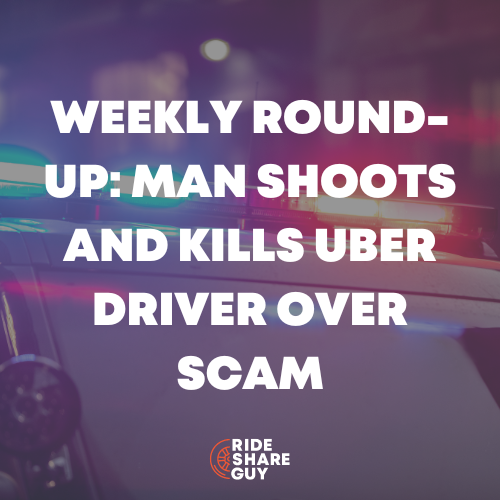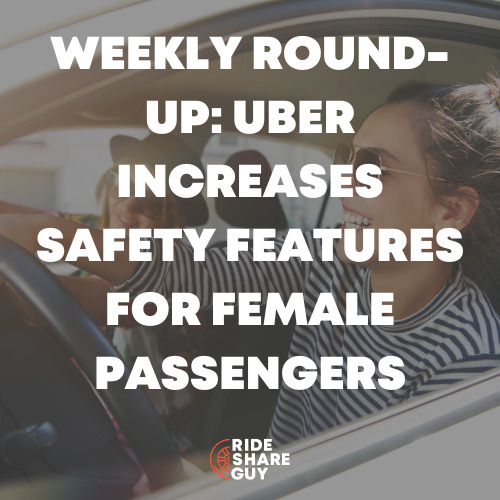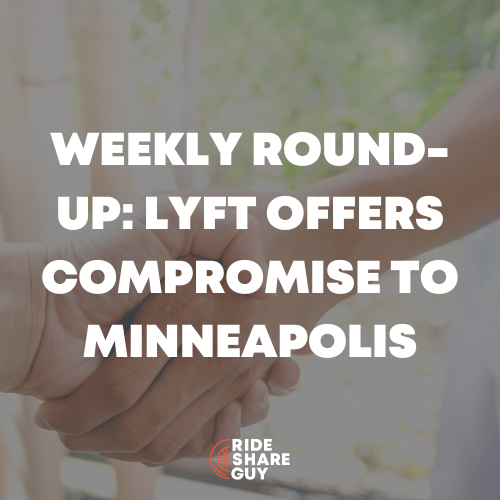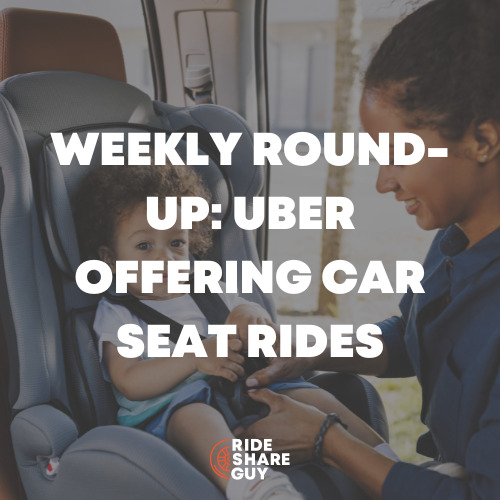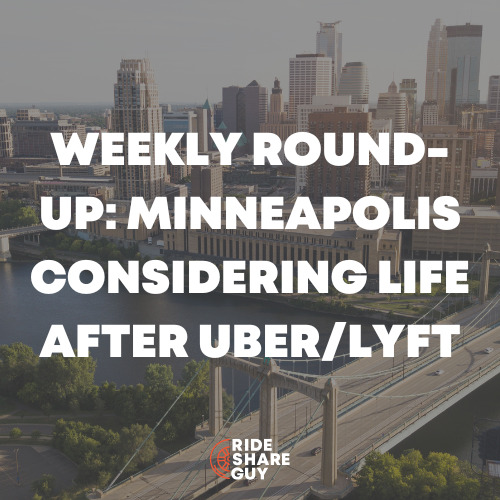What do drivers really, really want from Uber and Lyft? Okay, that would be more pay. But absent of that, what else could Uber and Lyft do to make rideshare more pleasant?
We asked you to tell us what driver features you actually want, plus contributor Elijah Bilel shared what top features he’d like to see added in this article below.
Did we miss something big? Let us know in the comments!
Watch the video below! 25 Features Lyft And Uber Drivers ACTUALLY WANT!
25 Features Uber and Lyft Drivers Actually Want
1. Quit overcharging customers
The first one is to quit overcharging customers. That could actually be a really big one when it comes down to it.
Customers aren’t going to be happy, and it might push them to not want to tip. They might think most of the money is going to the driver, when in fact that isn’t necessarily true.
2. Better protections against false claims when it comes from passengers
The way it stands, in most cases, there is no protection for rideshare drivers when it comes to riders making false claims.
Giving us better protections is something that would not just benefit us as drivers but also the companies. It would discourage future false claims and Uber and Lyft would not have to give out as many refunds or partial refunds, which I’m sure has been adding up over the years.
3. Having a real appeals process when it comes to these deactivations
This is somewhat of an extension of #2 but deserves its own spot. Implementing some kind of appeals system would actually help quality drivers stay on the rideshare platforms, which at the end of the day would help us, Uber, Lyft and further discourage false claims.
4. Allow ride hailing from the streets
Ever been driving around between trips and someone asks if you could take them somewhere? As it stands, it’s a convoluted mess. The rider has to request an Uber or Lyft and you may not be the driver that gets dispatched to them. They then have to keep canceling until you’re selected as the driver.
A simple fix would be for the app to generate a pin code that could be used to pair drivers and riders. Essentially, it could play out like this: You see somebody who needs a ride, and you pull over and pick them up. They give you a pin code, and then all of a sudden, it magically pairs you with that particular person.
You then put in where they’re going, and then you drive them there, and everything is done via the app. That way, it’s not a cash ride, and it’s still through the app in a convenient and timely manner.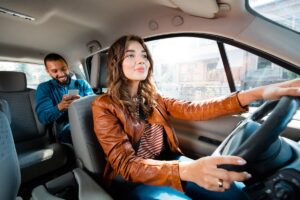
5. Return mileage pay for long trips or out-of-area trips
This would be especially important if you’re going to an area outside of your normal driving area. This could make you unable to take any trips until you either get back or cross the state line where you’re able to start giving rides again.
This is something that would be really good, especially if you’re unable to take those rides.
6. Gas reimbursement or some sort of gas incentive
Something like this would be really good to help offset the rise in gas prices and the low pay. It can also be an incentive for new drivers to get on the platform and for older drivers that have stopped driving to get back on.
7. More intuitive pickup filters
With this feature, you’d be able to filter out any ping requests that might come in based on different factors such as:
- Rider rating
- The distance away
- The time away from your location to the pickup location
You’d be able to filter those out so they wouldn’t even come to you to begin with.
8. Expanded upfront info prior to accepting a trip
The expanded info could include:
- The ability to see the fare
- The starting and ending points
- The distance that you’ll travel
All of this information would be right up in front of you on the ping request itself. You’d then be able to make a more informed decision on whether it’s a good trip for you or not.
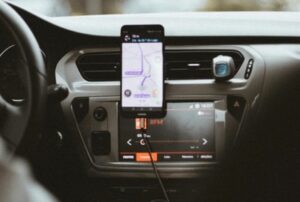 9. Longer time to accept or deny ping requests
9. Longer time to accept or deny ping requests
If you’re getting more information, you want to have more time to be able to go through the ping requests versus the few seconds that you get currently.
10. A way to turn off rerouting to riders
This is more Lyft specific, and that is turning off the ability to reroute riders on Lyft’s platform.
If you accept a ride from a particular person and you’re on the way there, Lyft currently has the ability to automatically reroute you to a different rider based on a few factors.
This can be very annoying, especially if you’re going through a light or making a turn and going the opposite way from where you have to go.
It can be a real confusion for some people, and a lot of drivers do not like this feature at all when it comes to Lyft. Being able to opt-out of that or turning it off would be a welcome addition.
11. Using a PIN for all rides
This can ensure that the people that are getting in your car or the food that you’re delivering goes to the right person.
12. Holding customers accountable for their actions
Whether it’s some sort of safety issue within the car or a low rating. Whatever it might be, holding customers accountable for their actions will reduce the number of problems on the platforms in general.
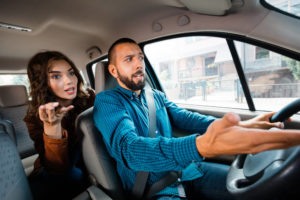 13. Some sort of benefits package
13. Some sort of benefits package
In the event something does happen, offering a package of benefits to drivers in case of carjackings, death or anything like that would go a long way.
14. A reworked firearms policy
Allowing the ability to have drivers carry concealed or not. This in general would make us as drivers feel safer.
Note: We know this also depends on state and local laws, but greater flexibility with this rule from Uber and Lyft could be helpful to some drivers.
Related: Are Uber and Lyft Drivers Allowed to Carry Non-Lethal Weapons?
15. ID verification for rider accounts
All account holders have to have verified accounts by uploading their IDs. This would help in many ways for both the platforms and for drivers.
It can make the platforms overall more secure and would likely cut down the number of undesired incidents between drivers and riders.
16. Third-party rider verification
It does go really in line with #15 but third-party riders should have to be verified on the account of the actual account holder.
From there they could be able to be selected when a ride is being ordered. The driver will then know who they’re actually picking up.
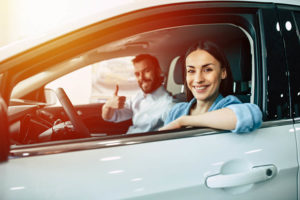 17. Being able to see a rider report card
17. Being able to see a rider report card
This means being able to see any past altercations or issues that a rider has had. The info would be on the ping screen as requested when a ride is coming in.
The driver could then make a decision on if they want to take that rider.
18. Rider profile pictures
Pictures of riders should be shown to drivers when they’re picking them up so that they know who is getting in the car. It would also have to be actual riders’ faces, not their kids or pets or something else like you might see on the Lyft platform.
If the PIN code feature was added, then this wouldn’t be as critical. It would still be nice to have though as you could keep an eye out for the person that should be approaching your car for the ride.
19. Allowing customers or riders to choose specific drivers
Allowing customers or riders to choose specific drivers as long as they’re available in the area or on a schedule.
I’ve heard several times from riders that they wish they could get me as a driver again. I know I’m not alone in this regard.
Adding this feature is something that both riders and drivers would appreciate and enjoy.
20. Allow drivers to build a clientele
It goes hand-in-hand with #19, and that is allowing drivers to create a clientele and be able to schedule their rides and their day based on how many clients they actually have.
This would also likely increase the average span of time that a driver would spend driving for rideshare since they would have a clientele of people that they enjoy driving around and vice versa.
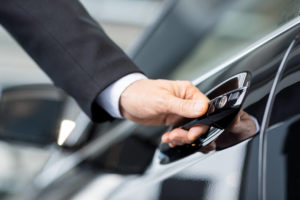 21. An adaptive surge system for drivers
21. An adaptive surge system for drivers
Is a flat rate surge better or a multiplier? Which one’s better for the driver? It depends on the ride that’s coming in and the ride that the driver’s taking. It can vary.
Having a surge that’s dynamic through either a flat rate surge or a multiplier surge can be a good added feature.
22. Most or all of the surge goes to the driver, not to the company
This would further incentivize us as drivers. When you see surge pop up, you wouldn’t have to wonder exactly how much of it you are actually getting.
23. Surge rate control to drivers
Name your own price, which is also known as the driver fare multiplier. This is something that happened in California but was taken away.
This is the ability for a driver to set up their own multiplier, so then whatever the ride fare is, they will be able to have that multiplied. This leads to the ability to earn more money or less money, depending on many different factors.
Drivers would be able to set it up and have their own price.
24. Fare percentage cap for rideshare companies
Having a cap in place for these companies and not being able to collect more. Most of the fare would go to the driver and not to the companies. That means that instead of seeing sometimes as high as 60% or more of the fare going to Uber or Lyft, the majority will always go to the driver.
 25. Increase the driver pay rates
25. Increase the driver pay rates
Yes, we said this was number one… so of course we had to include it at the end!
Increase the amount we’re paid per mile and per minute. This will help us as drivers pay expenses and motivate us to want to drive more.
Bonus — Encourage tipping
As a bonus one, it’d be nice to have the companies encourage tipping. Tipping is a great way to make extra money, and it is well under-utilized when it comes to Uber and Lyft and how they try to get riders to tip drivers.
Having more encouraged tipping is going to be much better for drivers and it wouldn’t cost the rideshare companies anything extra.
Last Thoughts
That is 25 features, plus a bonus, on what drivers actually want when driving Uber and Lyft. Many would be relatively easy for Uber and Lyft to implement while improving the rider and driver experiences alike.
What features would you like to see? What do you like the most? Let us know in the comments below!
-Elijah @ RSG
